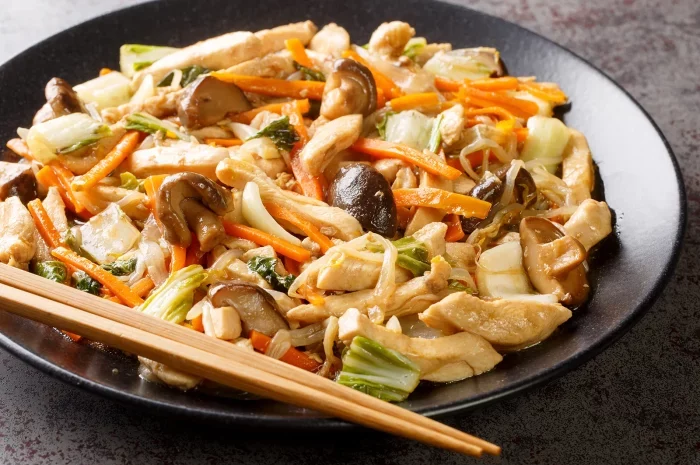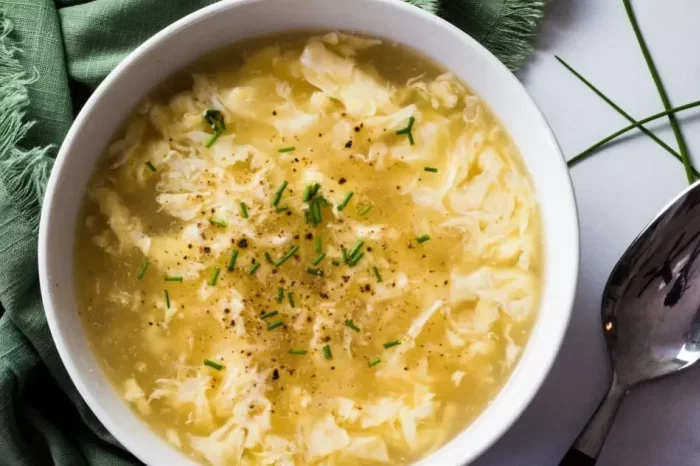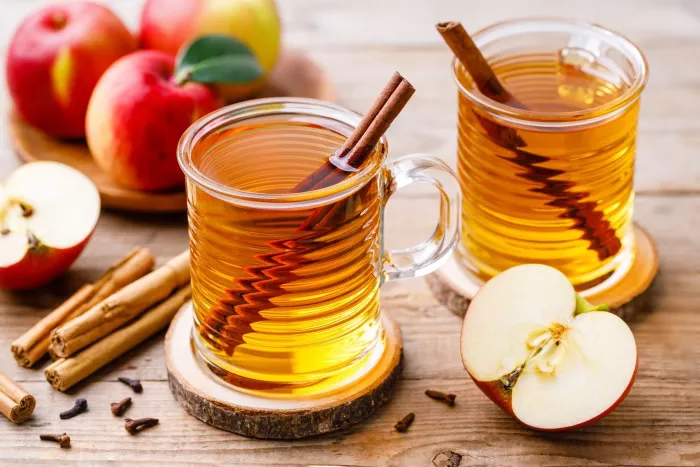Chinese Chop Suey, with its vibrant mix of vegetables, meat, and savory sauce, is a beloved classic in Chinese-American cuisine. This iconic dish, known for its versatility and satisfying flavors, has captured the hearts and palates of food enthusiasts around the world.
In this comprehensive guide, we’ll embark on a culinary journey to demystify the art of cooking Chinese Chop Suey, exploring its origins, ingredients, cooking techniques, and cultural significance.
Unraveling the Origins of Chop Suey
The exact origins of Chop Suey are shrouded in mystery, with several theories attributing its creation to Chinese immigrants in the United States during the late 19th century.
One popular legend suggests that Chop Suey was invented by Chinese-American cooks in San Francisco as a way to accommodate American diners’ preferences for a mixture of meat and vegetables served over rice.
Regardless of its precise origins, Chop Suey quickly gained popularity in Chinese-American communities across the United States and became a staple on Chinese restaurant menus. Over time, variations of Chop Suey emerged, with each region and chef adding their unique twist to the classic dish.
Ingredients
At its core, Chop Suey is a stir-fried dish that typically features a colorful array of vegetables, meat or tofu, and a savory sauce. While variations abound, the following are the key components that define the essence of Chinese Chop Suey:
1. Protein:
Common protein options for Chop Suey include thinly sliced chicken, pork, beef, shrimp, or tofu. The protein is typically marinated in a mixture of soy sauce, rice wine, and cornstarch to tenderize the meat and infuse it with flavor.
2. Vegetables:
A variety of vegetables are used in Chop Suey, including bell peppers, onions, carrots, celery, mushrooms, cabbage, and bean sprouts. These vegetables add color, texture, and nutrients to the dish, creating a visually appealing and satisfying meal.
3. Aromatics:
Garlic, ginger, and green onions are essential aromatics that provide depth of flavor and fragrance to Chop Suey. These ingredients are finely chopped or minced and sautéed in oil to release their aromatic oils before adding the other ingredients.
4. Sauce:
The sauce is a crucial component of Chop Suey, providing a savory, umami-rich flavor that ties the dish together. The sauce typically consists of soy sauce, oyster sauce, rice vinegar, sugar, and cornstarch, which thickens the sauce and creates a glossy coating on the ingredients.
5. Oil:
A neutral cooking oil, such as vegetable or peanut oil, is used for stir-frying the ingredients. The oil helps to prevent sticking and ensures that the ingredients cook evenly.
Cooking Techniques
Cooking Chinese Chop Suey involves a series of steps that require precision, timing, and attention to detail. While variations may exist, the following is a general outline of the cooking process:
1. Preparation:
Begin by preparing the ingredients for Chop Suey. Slice the protein thinly and marinate it in a mixture of soy sauce, rice wine, and cornstarch. Chop the vegetables into bite-sized pieces and mince the garlic, ginger, and green onions.
2. Stir-Frying:
Heat a wok or large skillet over high heat and add oil to coat the bottom. Once the oil is hot, add the aromatics (garlic, ginger, and green onions) and stir-fry for a few seconds until fragrant.
3. Cooking the Protein:
Add the marinated protein to the wok and spread it out into an even layer. Allow the protein to sear undisturbed for a minute or two, then stir-fry until cooked through. Remove the protein from the wok and set it aside.
4. Vegetables:
Add the vegetables to the wok, starting with the ones that require the longest cooking time (such as carrots and celery) and gradually adding the rest. Stir-fry the vegetables until they are crisp-tender but still vibrant in color.
5. Sauce:
Return the cooked protein to the wok and pour the sauce over the ingredients. Stir-fry everything together until the sauce thickens and coats the ingredients evenly. Adjust the seasoning to taste, adding more soy sauce or sugar if desired.
6. Finishing Touches:
Once the sauce has thickened, remove the wok from the heat and garnish the Chop Suey with additional chopped green onions or toasted sesame seeds. Serve the Chop Suey hot over steamed rice or noodles.
Variations and Customizations
One of the beauties of Chop Suey is its versatility, allowing for endless variations and customizations to suit individual tastes and dietary preferences. Some popular variations of Chop Suey include:
1. Vegetarian Chop Suey:
Replace the meat with tofu or add extra vegetables such as broccoli, snow peas, or bok choy for a vegetarian-friendly version of Chop Suey.
2. Spicy Chop Suey:
Add sliced chili peppers or chili sauce to the sauce mixture for an extra kick of heat and flavor.
3. Seafood Chop Suey:
Substitute the protein with shrimp, scallops, or a combination of seafood for a delicious seafood twist on Chop Suey.
Cultural Significance and Enjoyment
Chop Suey holds a special place in the culinary landscape of Chinese-American cuisine, serving as a bridge between traditional Chinese cooking techniques and American tastes.
While its origins may be debated, there’s no denying the widespread popularity and enduring appeal of Chop Suey among diners of all backgrounds.
Conclusion
In conclusion, cooking Chinese Chop Suey is a rewarding culinary endeavor that celebrates the vibrant flavors and cultural heritage of Chinese-American cuisine.
By mastering the art of stir-frying and balancing flavors, home cooks can create delicious and satisfying Chop Suey dishes that are sure to impress family and friends.
Whether enjoyed as a comforting meal on a busy weeknight or as a centerpiece of a festive gathering, Chinese Chop Suey offers a delicious taste of culinary fusion and culinary delight.

























